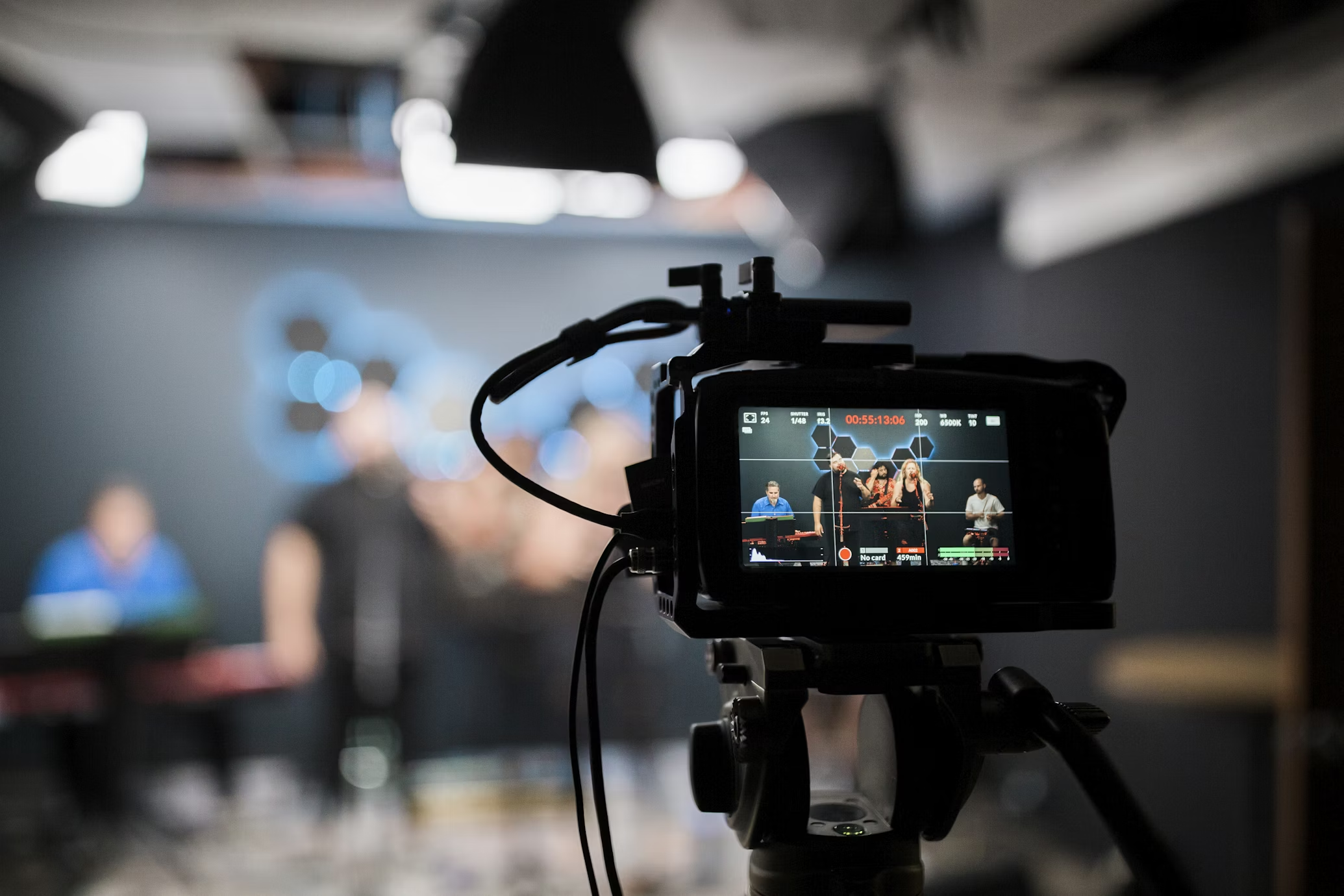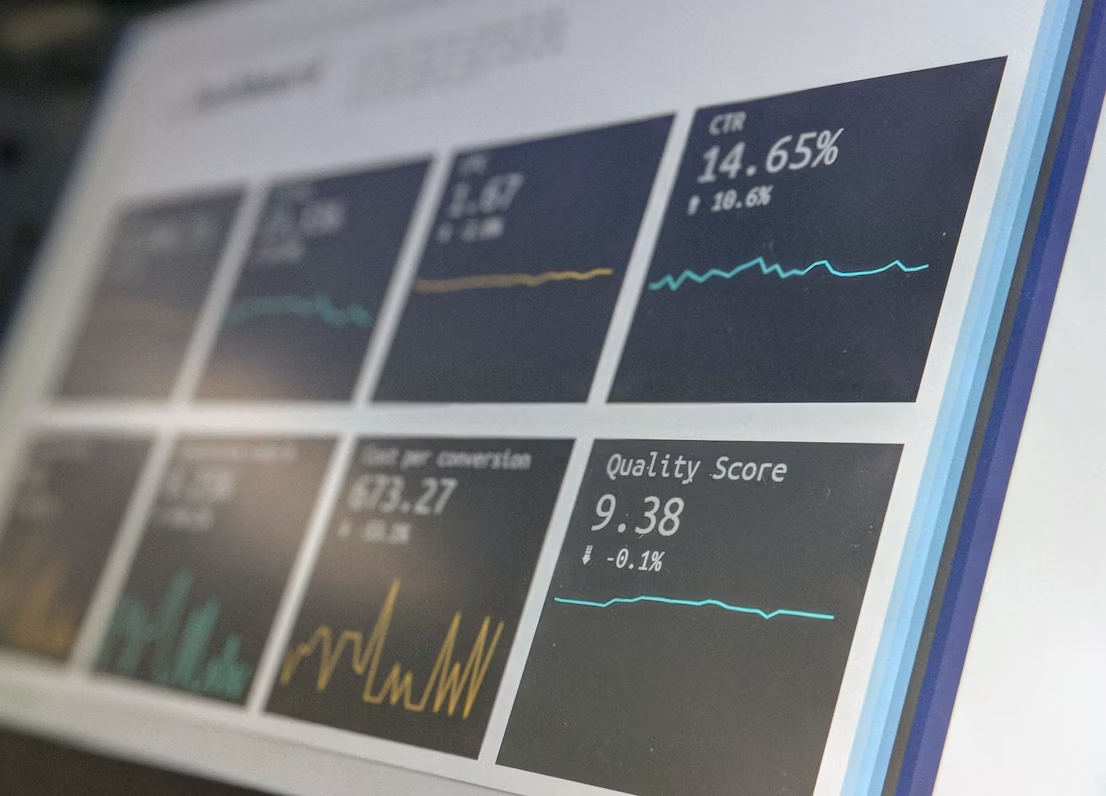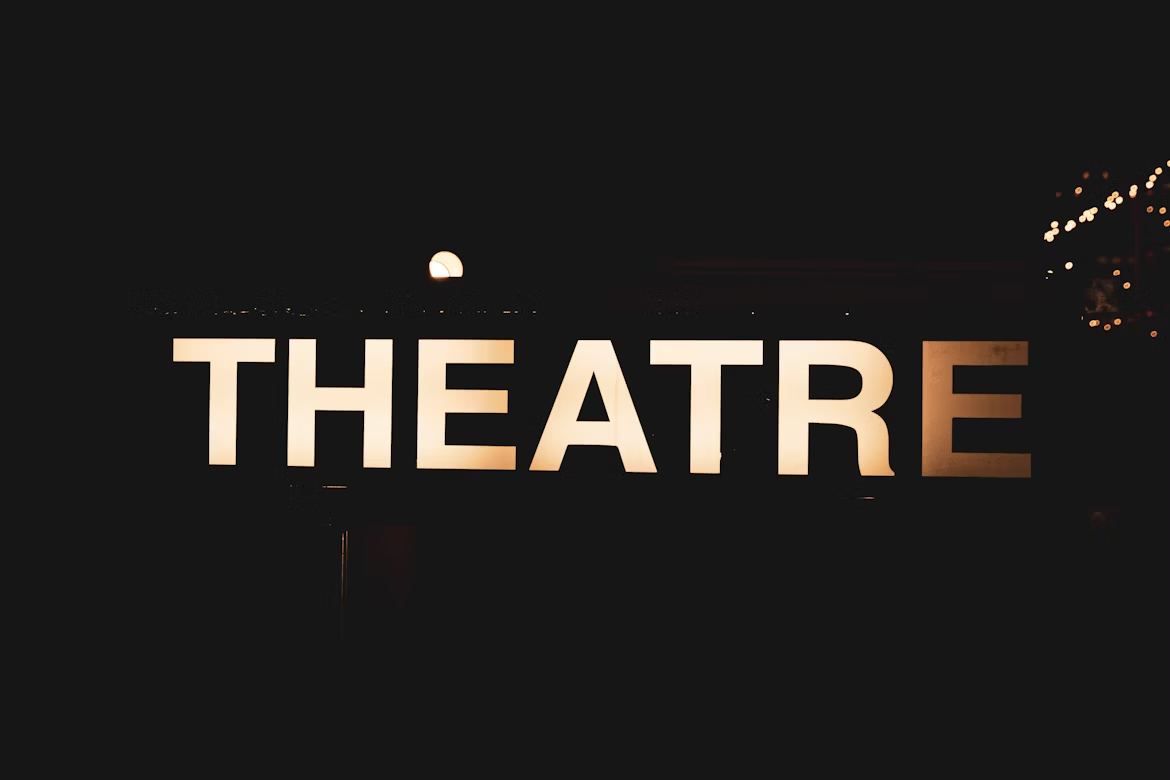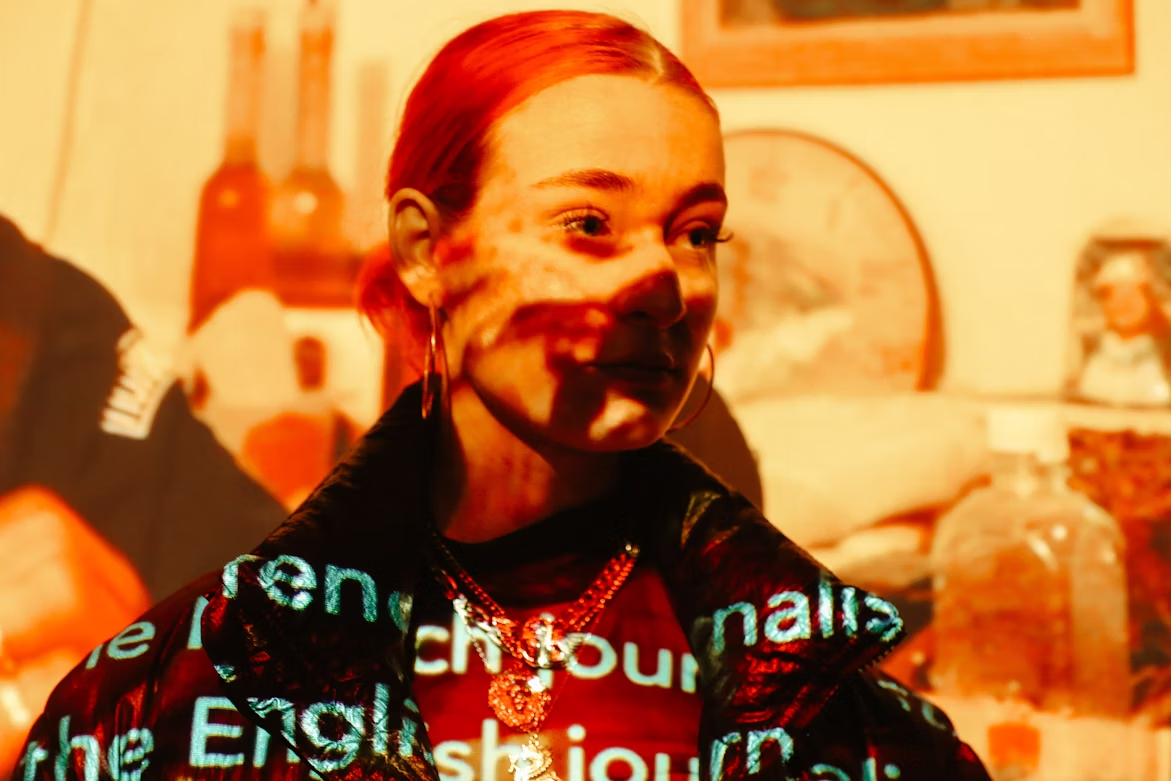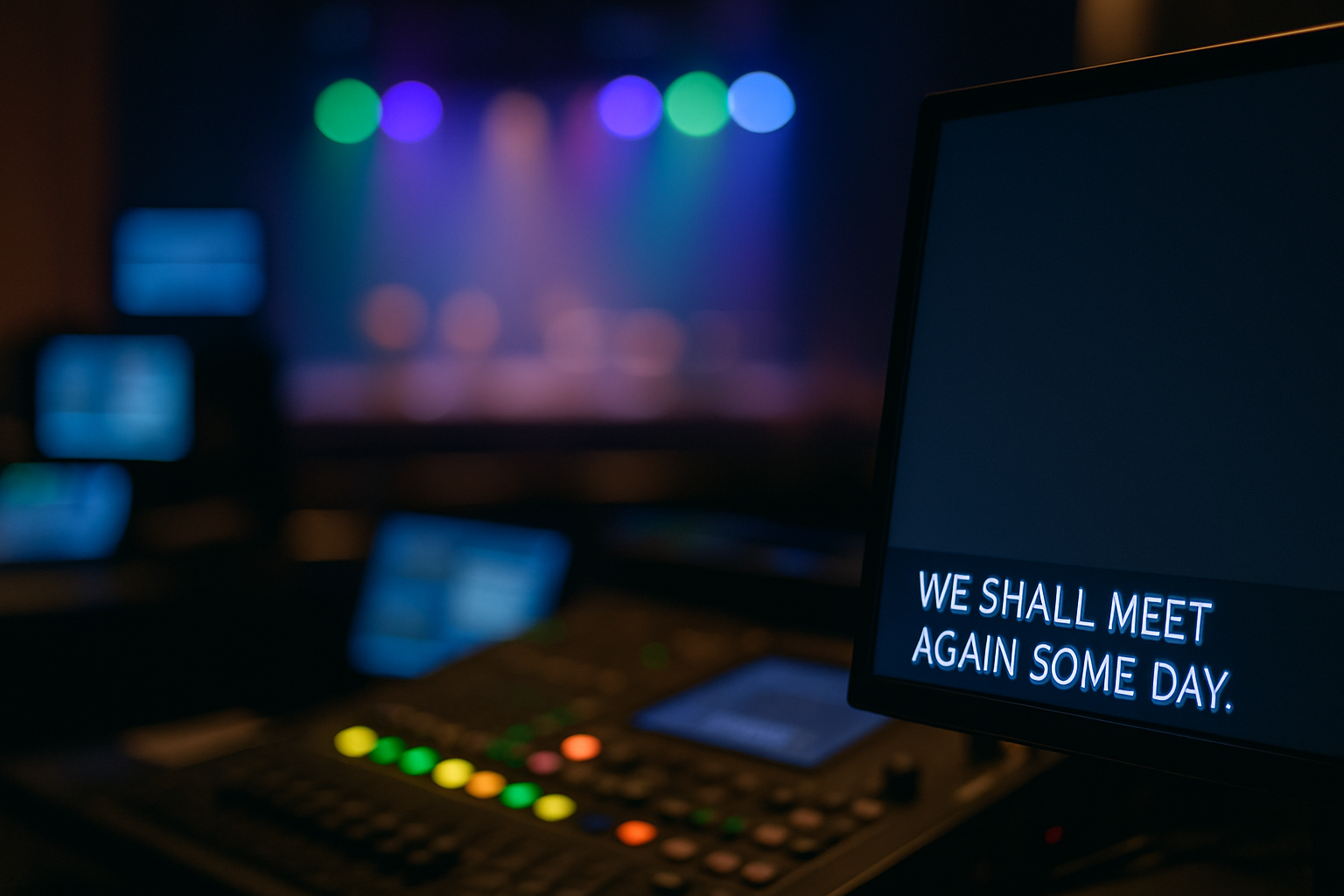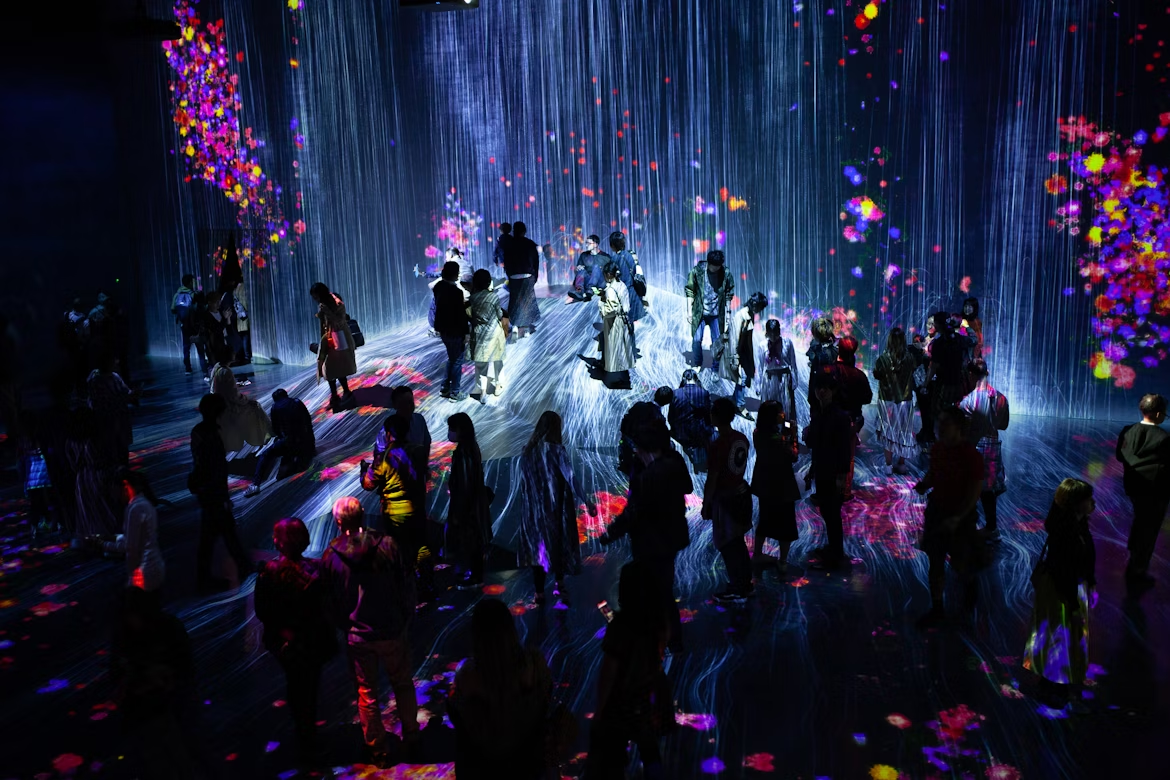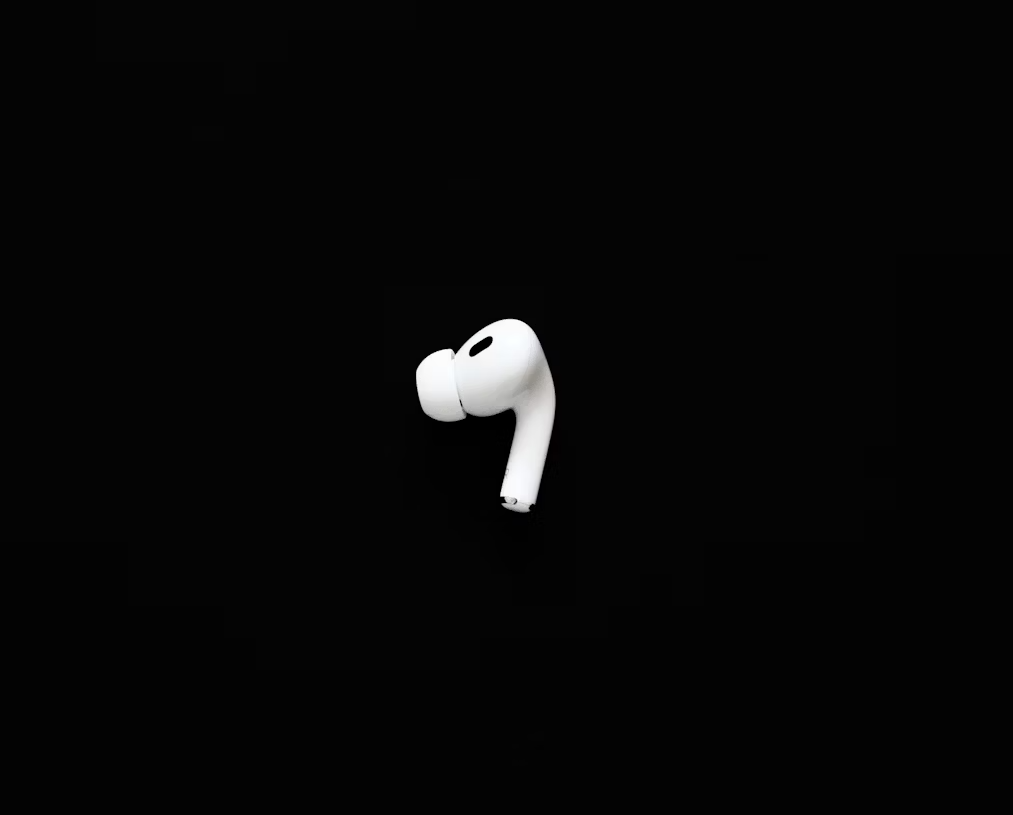Introduction - the digital experiment that changed live performance
When theatres around the world were forced to close their doors during the pandemic, many faced the same urgent question: how do we keep connecting with audiences if they can’t be in the building?
The answer, for many, was live streaming. Overnight, theatres turned into broadcast studios. Actors performed to cameras instead of rows of seats, audiences tuned in from their sofas, and technical teams became video producers.
For some, it was a lifeline. For others, a frustrating compromise. But whatever the experience, live streaming changed how theatre professionals think about their audiences and their reach. Now, years later, the dust has settled - and it’s time to reflect.
What worked? What didn’t? And most importantly: what lessons can theatres carry forward into the future of hybrid theatre?
Lesson 1: Streaming proved audiences exist beyond the building
Before 2020, many theatres assumed their audiences were local. Streaming blew that belief apart. Suddenly, someone in New York could tune into a production in London, or a student in India could watch a play staged in Berlin.
Example: The National Theatre’s “NT at Home” program saw global subscribers who had never stepped foot in London but were willing to pay for access. Smaller regional theatres also found unexpected new audiences - from former locals who had moved away to tourists who had discovered them during a trip and wanted to reconnect.
Takeaway for theatres:
Hybrid models let you expand your brand reach. Even if only 5–10% of your future audience is digital, that’s growth you would never have tapped without streaming.
Lesson 2: Streaming highlighted accessibility gaps - and solutions
Streaming performances revealed something profound: accessibility doesn’t have to be limited by geography or ability. For deaf and hard-of-hearing audiences, captions became the default. For people with mobility issues, the chance to attend virtually was a breakthrough.
Practical application:
- Keep captions and multilingual surtitles as standard for digital content.
- Consider hybrid viewing options for audiences who can’t easily travel.
- Position accessibility not as charity, but as a market-expanding opportunity.
Lesson 3: The camera changes the art form
Let’s be honest: theatre is built for a live audience, not for cameras. Some productions streamed beautifully - especially those with cinematic staging. Others lost their magic when flattened to a screen.
Lessons learned:
- Shows with clear visuals, tight storytelling, and strong sound design translate better to streaming.
- Intimate plays can feel even more powerful when cameras capture close-ups.
- Large ensemble productions can lose energy on screen unless captured with multi-camera setups.
What this means now: If you’re planning hybrid shows, choose productions that work on both stage and screen, rather than streaming everything indiscriminately.
Lesson 4: Audiences value choice - but not all want digital
Streaming revealed a divided audience: some loved the convenience of watching at home; others dismissed it as a poor substitute. Importantly, offering streaming did not kill demand for live theatre.
Example: A regional U.S. theatre tracked hybrid ticket buyers and found that 25% of people who watched online later came to see another show in person. Digital was a gateway, not a replacement.
Takeaway: Hybrid offerings give flexibility. Some will never come to the theatre, but many will. Offering both doesn’t cannibalise live audiences - it often enhances them.
Lesson 5: Pricing experiments taught valuable lessons
How much is a streamed show worth? Theatres tried everything: pay-what-you-can, fixed prices, subscriptions, donations.
Patterns that emerged:
- Audiences are willing to pay more than expected if they see value.
- Donation models often outperformed low fixed prices, as audiences felt generous during lockdown.
- Bundles (e.g., “season pass” for multiple streams) created loyalty.
Future strategy: Treat digital tickets as a parallel product line. Don’t underprice it out of fear - instead, frame it as exclusive access, with added value (backstage interviews, extra content, etc.).
Lesson 6: Tech is only as good as the team behind it
Many theatres discovered the hard way that streaming requires new skills. A bad camera angle, muffled audio, or lagging stream can ruin the experience.
Practical advice for theatres:
- Partner with local film schools or freelancers who already know live production.
- Invest in a few pieces of reliable kit: quality microphones, at least two cameras, and stable streaming software.
- Train front-of-house and technical staff to troubleshoot digital issues just as they would in the building.
Example: A mid-sized theatre in Canada worked with a local college film department for streaming. Students gained experience, and the theatre gained professional-quality broadcasts without blowing the budget.
Lesson 7: Marketing digital is different from marketing live
One key mistake theatres made was treating digital shows as if they were just another in-house performance. But the online audience behaves differently.
Key insights:
- Short video trailers are essential. People need to see what they’re buying.
- Social media ads targeting wider geographies can bring in unexpected audiences.
- Emails highlighting “watch anytime, anywhere” convert better than traditional season brochures.
Lesson 8: Community doesn’t disappear online
Theatres feared losing the communal experience of live performance. And yes, nothing truly replaces sitting in a packed auditorium. But digital audiences still craved connection.
What worked well:
- Live chat alongside streamed performances.
- Post-show Q&As with directors and cast on Zoom.
- Social media groups where audiences shared reactions.
Lesson: Hybrid theatre isn’t just about streaming the play - it’s about building a digital theatre community.
Lesson 9: Hybrid requires long-term planning, not short-term panic
During lockdowns, many theatres rushed into streaming just to survive. But the ones who treated digital as a long-term strategy, not a stopgap, saw lasting benefits.
Practical takeaways for the future:
- Build digital programming into your season planning.
- Consider a hybrid membership tier (e.g., in-person plus digital perks).
- Archive high-quality recordings for education, marketing, or encore broadcasts.
Lesson 10: Hybrid theatre can strengthen the financial model
Streaming alone won’t save a theatre’s budget - but as part of a wider mix, it adds resilience. A small but steady digital audience can smooth over seasonal dips, diversify revenue, and open up new sponsorship opportunities (tech companies often love to back hybrid projects).
Example: A midsize theatre in Germany reported that streaming added 7–10% extra revenue to its annual budget. Not life-changing, but enough to fund additional projects.
Pulling it all together
Hybrid theatre isn’t the future for every show. But it is part of the future. Theatres learned:
- Digital audiences are real and worth nurturing.
- Accessibility and inclusivity expand with streaming.
- Not every show works online - but some shine.
- Pricing, tech, and marketing strategies need to adapt.
- Hybrid can create loyalty and open new doors without replacing live theatre.
Theatres that embrace these lessons will be more resilient, more inclusive, and better connected to audiences near and far.
Conclusion - embracing a “both/and” mindset
Theatres don’t need to choose between live and digital. The lesson of streaming is that it’s not “either/or” but “both/and.” Live audiences remain the heart of theatre. But hybrid adds reach, accessibility, and resilience.
In a world where competition for attention is fierce, theatres that blend the intimacy of the stage with the reach of digital will be the ones that thrive.
